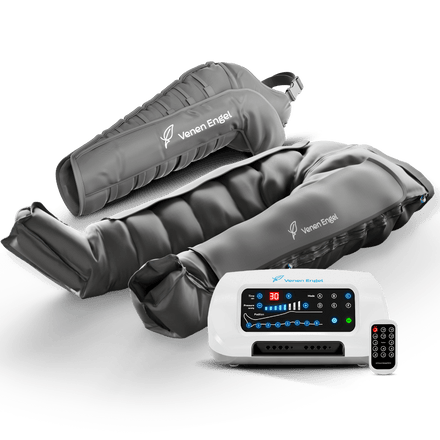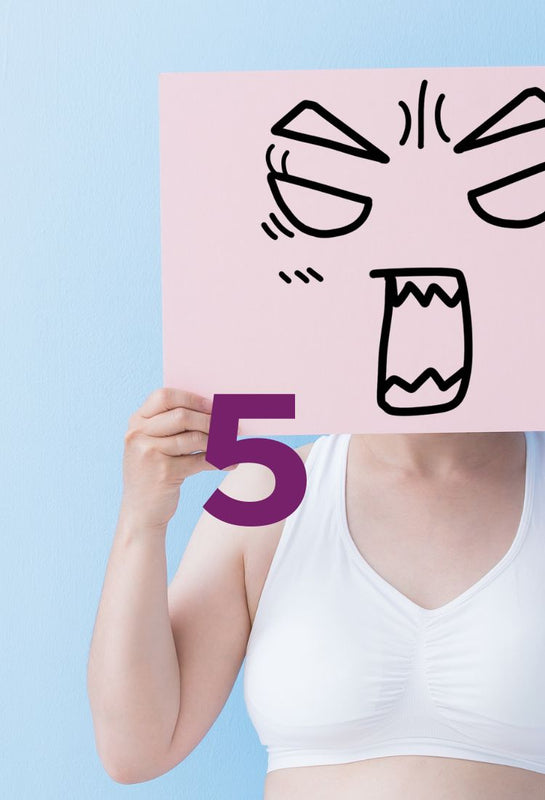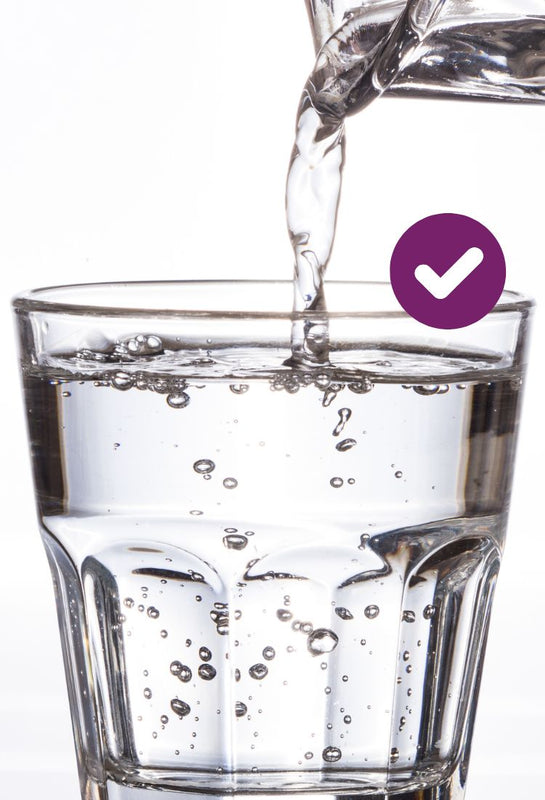Living with lipedema can be a constant challenge—not only because of the physical discomforts like pain, swelling, or a heavy feeling in the legs, but also due to the uncertainties about what actually benefits the body. Many women affected by lipedema feel abandoned or have the feeling of constantly fighting against their own bodies. There are everyday habits that unintentionally make living with lipedema even more difficult.
1. Sitting too long without movement
Sitting is often unavoidable, whether at work or in everyday life – and for many, it may feel like relaxation. But for people with lipedema, sitting for hours, especially without movement, is rather problematic. When you sit for a long time, especially with crossed legs, lymphatic flow is significantly impaired. The consequences: swelling, an uncomfortable feeling of tension, and increased pain.
You don't have to start an intense exercise program right away to help your body. Even small movements in everyday life, like standing up and stretching after sitting for half an hour or taking a short walk, can work wonders. Your body needs regular movement to keep the lymph flow going. Consciously lifting your legs after sitting for a long time or doing simple stretching exercises can also prevent swelling and give you a better sense of your body.
2. Wear tight clothing
We all love beautiful clothes, but for women with lipedema, tight clothing like jeans or form-fitting tops can quickly become a problem. Tight clothing constricts the body and hinders lymph flow, which can lead to increased pressure in the tissue and intensified discomfort. Yet, it is so important to feel comfortable in your skin and clothing!
Compression clothing is the only exception here. This specially tailored clothing applies targeted pressure to the affected areas of the body and actively supports lymph flow. In everyday life, however, you should pay attention to comfortable, loose-fitting clothing that allows you room to breathe and move. Fashion choices don't always have to come at the expense of your well-being – there are many beautiful, comfortable alternatives that are good for your body.


3. What diet for lipedema?
Although diet is not considered a cause of lipedema, it still plays a crucial role in the course of the disease. An adapted diet for lipedema can positively influence the symptoms and inflammatory processes in the body. Therefore, after diagnosis, it is particularly important to engage intensively with the right diet. By specifically selecting foods, inflammation in the body can be reduced, thus positively influencing the course of the disease.
Many people affected by lipedema think of quick diets. But appearances are deceiving. Lipedema is not simply a result of being overweight, but a complex condition that cannot be resolved by calorie reduction alone. Radical diets often lead to muscle loss and slow down metabolism, which has a long-term negative impact on your body.
It is important to understand that with lipedema, it's not just about losing weight, but about helping your body in the long term. A balanced diet that is rich in nutrients and provides your body with the energy it needs can help you feel better and make your daily life easier. It's not about quick successes, but about sustainable support for your well-being.
It is important to understand that with lipedema, it's not just about losing weight, but about helping your body in the long term. A balanced diet that is rich in nutrients and provides your body with the energy it needs can help you feel better and make your daily life easier. It's not about quick successes, but about sustainable support for your well-being.
Currently, there are only a few scientific studies on nutrition for lipedema, leading to many sometimes contradictory dietary recommendations. Nevertheless, there are some important insights from medical research. A high insulin level can promote lipogenesis (the formation of fat deposits) and exacerbate the formation of edema through insulin resistance. To avoid this, a diet that reduces blood sugar and insulin spikes should be chosen. Since inflammation occurs in the adipose tissue with lipedema, avoiding pro-inflammatory foods is particularly important. Antioxidant foods are also beneficial as they support metabolism and have anti-inflammatory effects. Longer intervals between meals can also stabilize insulin levels and promote anti-inflammatory effects. In summary, the question of the right diet for lipedema can be summarized as follows: The best diet for lipedema should stabilize blood sugar levels, prevent insulin spikes, and include an anti-inflammatory diet.
4. What does compression therapy do for lipedema?
Compression therapy is one of the most effective methods to reduce swelling and relieve pain in lipedema. Nevertheless, many women feel uncomfortable with the thought of wearing compression stockings or tights daily. However, the benefits are immense. Compression clothing helps promote lymph flow and prevents fluid from accumulating in the affected body areas. Compression techniques play a central role in lipedema therapy. The increased pressure on the legs (or less commonly the arms) significantly improves the return flow of venous and lymphatic fluid. Wearing compression materials or applying bandages leads to a 50% increased fluid return from the legs even at rest. This effect is further enhanced by movement, as the muscles additionally press the tissue against the compression material, resulting in additional decongestion.
Most commonly, compression tights are used for lipedema, as bandages are cumbersome and usually not necessary. Alternatively, compression pants or compression leggings are also suitable for the treatment of lipedema.
Compression stockings are a proven method to alleviate the symptoms of lipedema.
Modern compression clothing is now available in many different designs and is no longer as uncomfortable as it used to be. It's worth taking the step and making compression a regular part of your daily routine. It may feel unfamiliar at first, but in the long run, you'll notice how much it relieves your body.

Compression tights are most commonly used for lipedema, as bandages are cumbersome and usually not necessary. Alternatively, compression pants or compression leggings are also suitable for treating lipedema. Compression stockings are a proven method to alleviate the symptoms of lipedema. Modern compression clothing is now available in many different designs and is no longer as uncomfortable as it used to be. It is worth taking the step and making compression a regular part of your daily routine. It may feel unfamiliar at first, but in the long run, you will notice how much it relieves your body.
5. What else helps with lipedema? Drink plenty of water!
A widespread myth claims that it is advisable to drink less water with lipedema to avoid swelling. However, the opposite is true. If you drink too little, your body retains the existing fluid – and this can lead to even more severe swelling. Drinking enough water is crucial to keep the lymph flow going and to flush waste products out of the body. If you find it difficult to drink enough water, try to make it a habit to always have a reusable water bottle within reach. Small reminders, like an app or placing water bottles in different locations, can help you keep track of your water intake. Your body will thank you.
Conclusion
Small changes, big impact: Living with lipedema is often not easy, and it can be discouraging when you feel like you have to fight against your own body. But there is hope: by avoiding these five common mistakes, you can actively contribute to improving your well-being. Whether through regular exercise, the right clothing, or conscious hydration – small changes in everyday life can make a big difference. Remember: It is a process, and you don't have to change everything at once. Every step counts, and with patience and mindfulness, you can learn to live in harmony with your body and support it in the best possible way. Your well-being should always come first, and you are not alone on this journey.
Long-term solution
Unclog your legs
Your legs need a lot of support, especially with lipedema, and above all, one thing: decongestion! We recommend regular lymphatic drainage with a physiotherapist to stimulate your lymph and remove excess water. For a daily solution at home, there is the compression massage from Venen Engel, which allows you to provide relaxation and decongestion to your legs in just 30 minutes. The best solution for those who can't leave the house and are looking for quick relief in everyday life.







